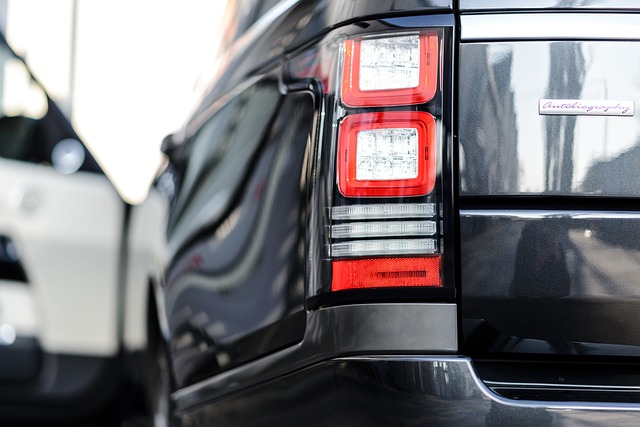AWD vs. 4WD: Key Differences Explained
9th Nov 2022

Many drivers assume that all-wheel drive (AWD) and four-wheel drive (4WD) are the same. Most vehicles, of course, come with two-wheel drive (2WD). The drive power will be applied to a single axle when driving in 2WD, thus turning two of the vehicle's wheels. But trucks, SUVs and other vehicles have AWD or 4WD as well. What's the difference between AWD and 4WD exactly?
What Is AWD?
AWD involves the application of torque to both axles. Vehicles typically have two axles: a front axle and a rear axle. In 2WD, torque will only be applied to a single axle. Some 2WD drives are front wheel-driven, whereas others are rear wheel-driven. Regardless, only one of the axles will be driven by the transmission in 2WD. Switching to AWD will result in torque being applied to both axles.
What Is 4WD?
4WD is similar to AWD, as it involves the application of torque to both axles as well. It's a common feature in many trucks and SUVs. When driving in 4WD mode, an equal amount of torque will be applied to the front and rear axles. The transfer case will essentially distribute torque equally between the two axles.
Differences Between AWD and 4WD?
AWD and 4WD aren't the same. They both involve drive power or torque being applied to the front and rear axles, but there are a few key differences between them.
AWD, for instance, typically operates in 2WD mode until needed. In other words, torque will only be applied to a single axle until traction is needed by one or both tires on the other axle. If you're driving off road, some of your vehicle's tires may slip. To prevent slippage such as this, your vehicle may automatically switch from 2WD to AWD. Switching to AWD will increase traction by applying torque to all four of your vehicle's wheels.
Another difference between AWD and 4WD is that the former allows the tires to operate independently. If there's only one tire that's slipping, AWD can increase that specific tire's traction without affecting the other three tires. In 4WD, on the other hand, all tires are controlled the same.
In Conclusion
When shopping for a new vehicle, you may want to look for features such as AWD or 4WD. They will provide you with greater traction by applying torque to both of the vehicle's axles. AWD is simply a more advanced mode that uses 2WD by default. AWD will only apply torque to both axles when needed, such as a loss of traction.

